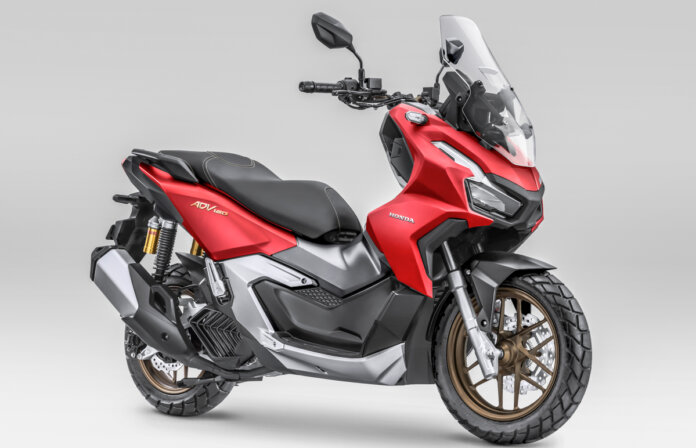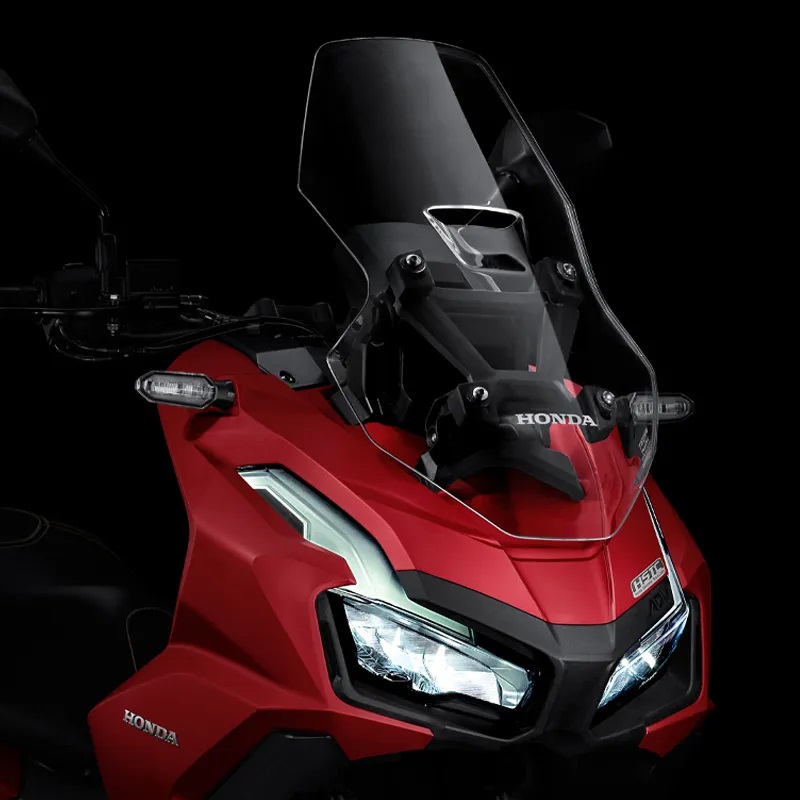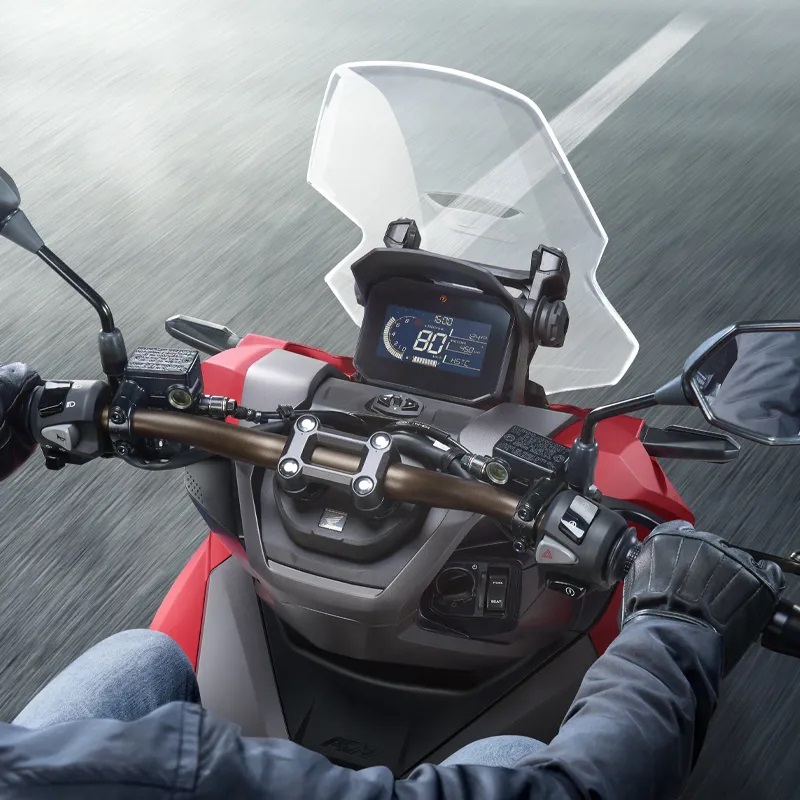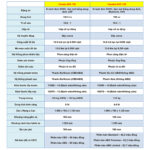On July 1st, Honda officially launched the Honda ADV 160 model for the Indonesian market, replacing the previous Honda ADV 150. The new ADV 160 has not only improved its engine, but also features several notable changes. Let’s find out what improvements the ADV 160 offers compared to the previous ADV 150 through this article.
A more powerful all-new engine
The first notable upgrade of the Honda ADV 160 is its engine. Specifically, the new engine of the bike is the eSP+ engine with a single-cylinder, 4-valve setup, a displacement of 156.9cc, liquid-cooling, producing a power output of 15.8 horsepower and a maximum torque of 14.8 Nm. It is evident that the new engine significantly boosts the power of the ADV 160 compared to the previous ADV 150 model, which had a power output of 14.7 horsepower and 13.8 Nm of torque.

The Honda ADV 160 2022 is equipped with a 4-valve engine, similar to the Air Blade 160 in Vietnam.
New frame
With the more powerful and heavier engine, the Honda ADV 160 requires a more robust frame. Therefore, Honda has also made improvements to the bike’s frame. The frame has been redesigned to be more sturdy in order to withstand the torque of the 4-valve eSP+ engine, while still maintaining the necessary flexibility to ensure a comfortable riding experience.
All-new body design
At first glance, it might be difficult to detect that the Honda ADV 160 has undergone significant design changes to its bodywork. Numerous plastic details on the front of the bike, side panels, main body, and tail have been altered, even the positions of the screws and joints are entirely new. It is known that the Honda ADV 160 borrows many design elements from its sibling, the Honda ADV 350, especially in terms of the side panels.
Instrument cluster
Another new feature on the Honda ADV 160 compared to the ADV 150 is the completely redesigned digital instrument cluster with a sleek design and a layout similar to the ADV 350’s instrument cluster. Thanks to this, the Honda ADV 160’s instrument cluster displays a wealth of information, including RPM, speed, time, trip, fuel level, fuel consumption, and oil change reminders. Below the instrument cluster is the navigation buttons for displaying different information on the cluster.

The instrument cluster of the ADV 160 has a similar interface to the instrument cluster of the ADV 350.
Windshield
Compared to the Honda ADV 150, the ADV 160 offers superior performance with an optimized windshield design that effectively reduces wind resistance, while still allowing a good flow of air to cool the rider. The notable feature of the Honda ADV 160’s windshield is its adjustable height, making it more suitable for different users.

The windshield can be adjusted in height.
Lower handlebars
In the new Honda ADV 160, the seat has been lowered from 795mm to 780mm, making it more suitable for users of shorter stature. Consequently, the handlebars of the bike have also been improved to ensure the most comfortable riding position for the rider.

The handlebars of the ADV 160 have been lowered to maintain a comfortable sitting posture.
Fuel tank and storage space
Honda has increased the storage capacity of the Honda ADV 160’s compartment by an additional 2 liters, bringing it to a total of 30 liters, slightly larger than the ADV 150’s 28-liter compartment. Additionally, the fuel tank cap of the ADV 160 has been redesigned to facilitate easier refueling.

The ADV 160’s storage compartment has a capacity of 30 liters, an increase of 2 liters compared to the previous ADV 150.
New electronic system
Compared to the ADV 150, the electronic system of the ADV 160 is more sophisticated. To be compatible with new features and utilities such as RPM display, Honda Selectable Torque Control system (HSTC), Honda has upgraded the entire electronic system of the bike.





































